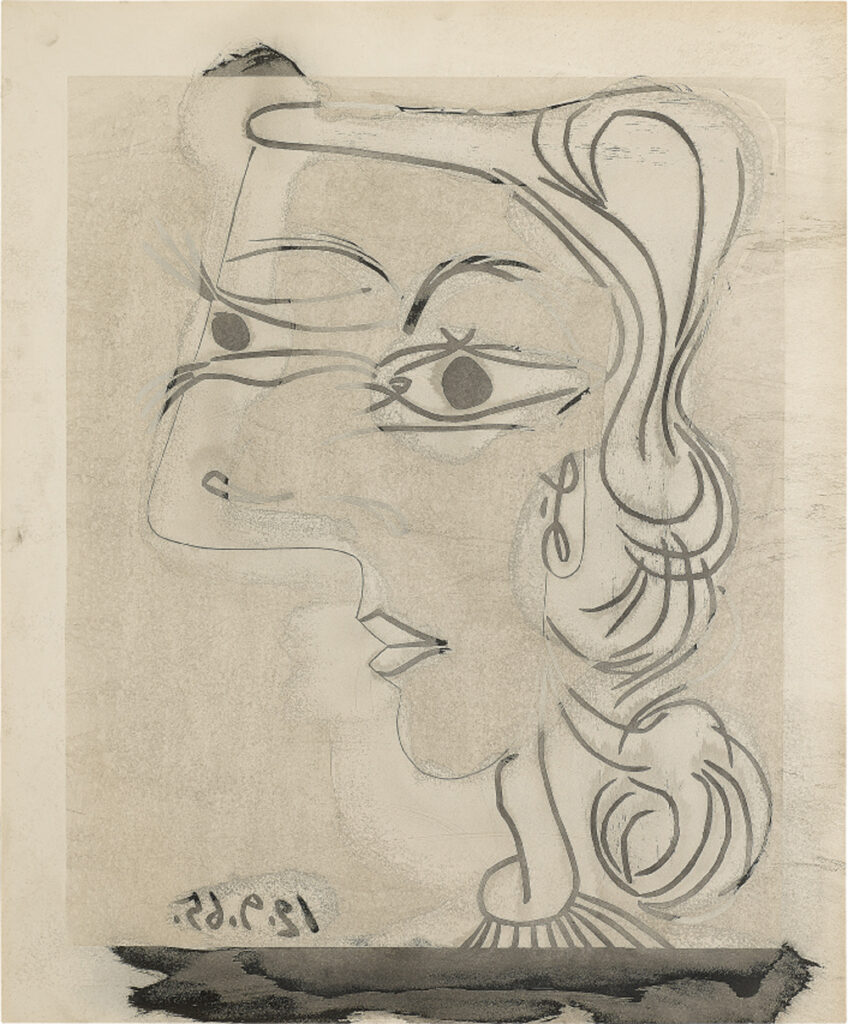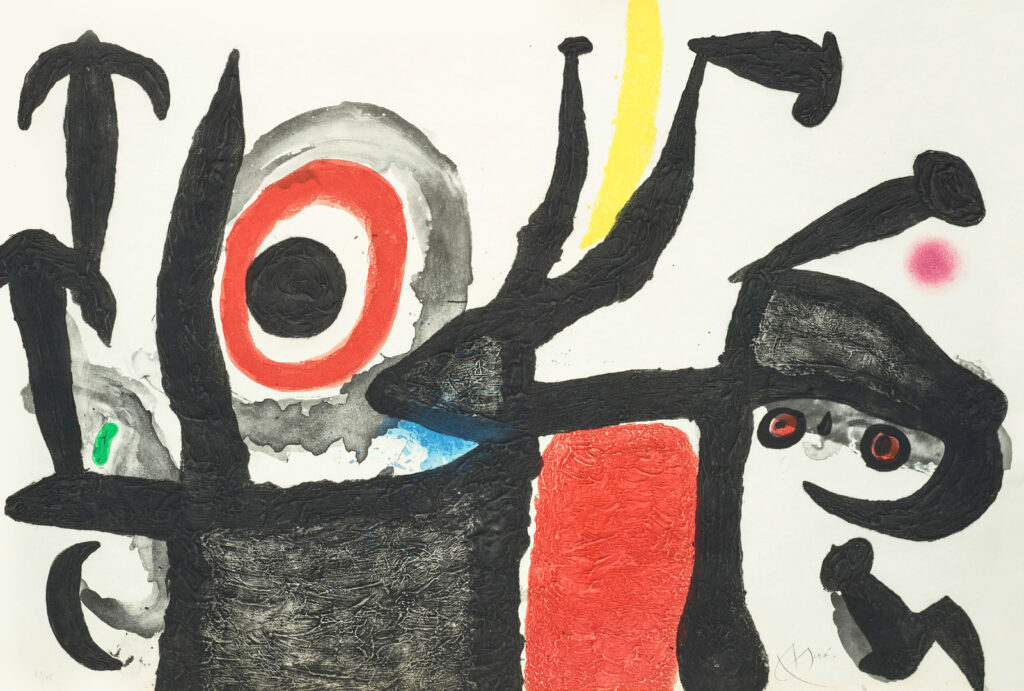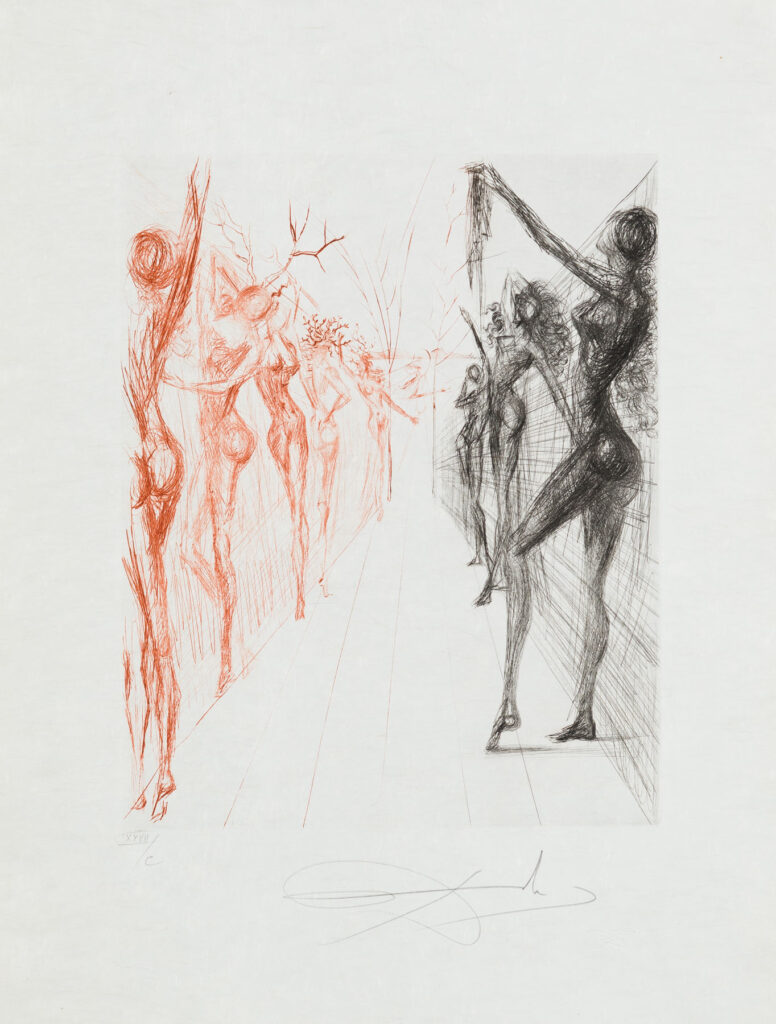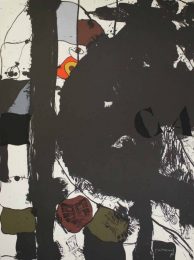Famous Spanish Artists
Many famous Spanish artists were based in Paris throughout the first half of the 20th century, where they contributed to and occasionally led advancements in the Modernist art movement. These famous Spanish artists continue to influence today’s artists and have become household names within art history.
The creation of Cubism by Picasso and the French artist Braque is arguably the most significant illustration of this, and the clearest manifestation of the Synthetic Cubism sub-movement may be seen in the works of Madrid-born Juan Gris. Similar to Joan Miró, Salvador Dali had a significant role in the development of the Surrealist movement in Paris.

A journey to Spain had an impact on Picasso’s Blue Period (1901–1904), which featured sad, blue-tinted works. Many of Picasso’s early works, produced when he was living in Spain, are on display in the Museu Picasso in Barcelona, together with the sizable collection of Jaime Sabartés, a close friend of Picasso’s from his time in Barcelona who served as the artist’s personal secretary for many years. Picasso produced a great deal of precise and thorough figure studies throughout his formative years under the guidance of his father. He also produced a number of infrequently exhibited pieces in his later years that amply show his deep understanding of classical techniques. In 1957, Picasso paid the most enduring homage to Velázquez by recreating Las Meninas in his distinctively cubist style. Picasso reproduced Velázquez’s painting despite his concerns that it would only be recognised as a copy and not as a wholly original picture, and the massive piece—the largest he had created since Guernica in 1937—earned a place of significance in the Spanish canon of art. Picasso was born in Málaga, which is home to two museums with important collections: the Birthplace Museum and Museo Picasso Málaga.

A key figure in the Parisian Surrealist movement was Salvador Dali. Dali was attacked for tolerating Franco’s tyranny, but André Breton, the poet and head of the Surrealist movement, asked him to represent Spain at the 1959 Homage to Surrealism Exhibition, which commemorated Surrealism’s 40th anniversary. The Persistence of Memory, one of Dali’s most well-known paintings, illustrates his creative ambition, which is in line with the goals of the Surrealist movement: “the realm of imagination and of concrete irrationality may be as objectively obvious… as that of the outside world.” Here, he uses a precise, realistic technique based on studies of Dutch and Spanish masters, but the subject blurs the line between organic and mechanical and is more akin to Hieronymus Bosch’s nightmare scenes, whose Garden of Earthly Delights served as the inspiration for the work’s central, sleeping figure.

The Surrealists in Paris, who were particularly supportive of Joan Miró’s use of automatism in composition and execution to reveal the subconscious mind, were also closely connected to him.
His influential period in the 1920s and 1930s produced works that were provocative in their sexual symbolism and imagery, and employing rough, experimental materials, such as sandpaper, unsized canvases, and collage. This is in contrast to his later and more well-known paintings, which are refined, whimsical, and appear to be effortless. His distinctive vocabulary of signs, figures, and black linear forms against a more textured and painterly background is seen in the mature period picture La Leçon de Ski.


